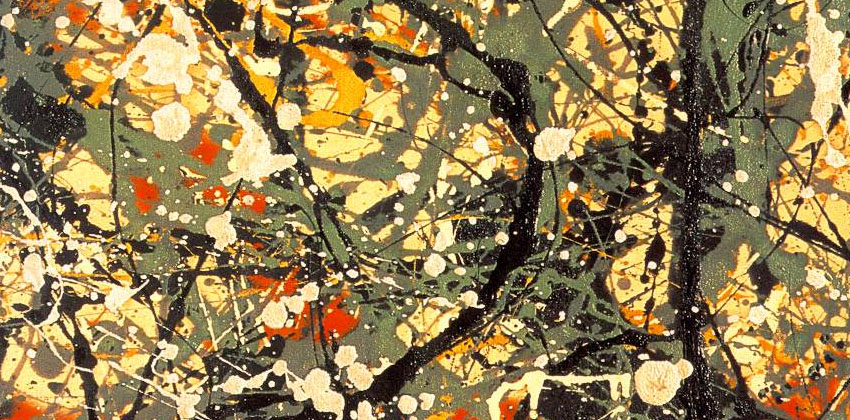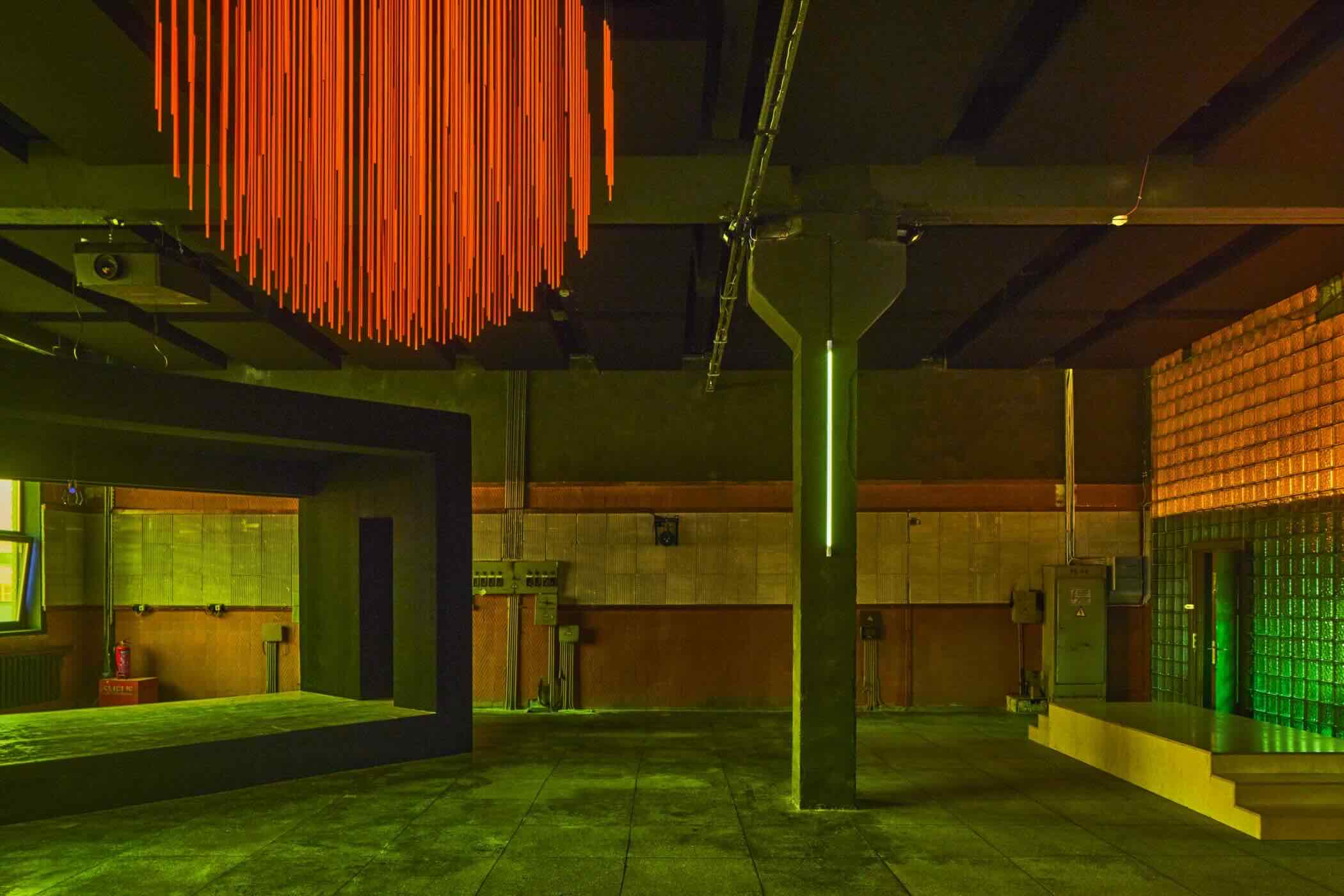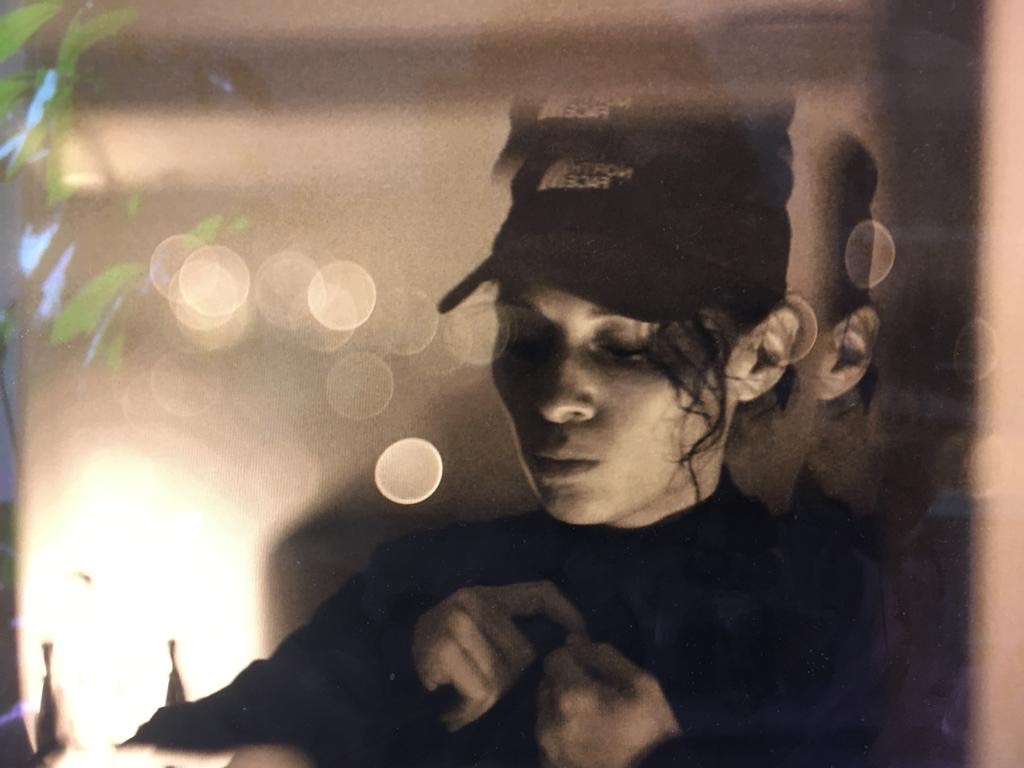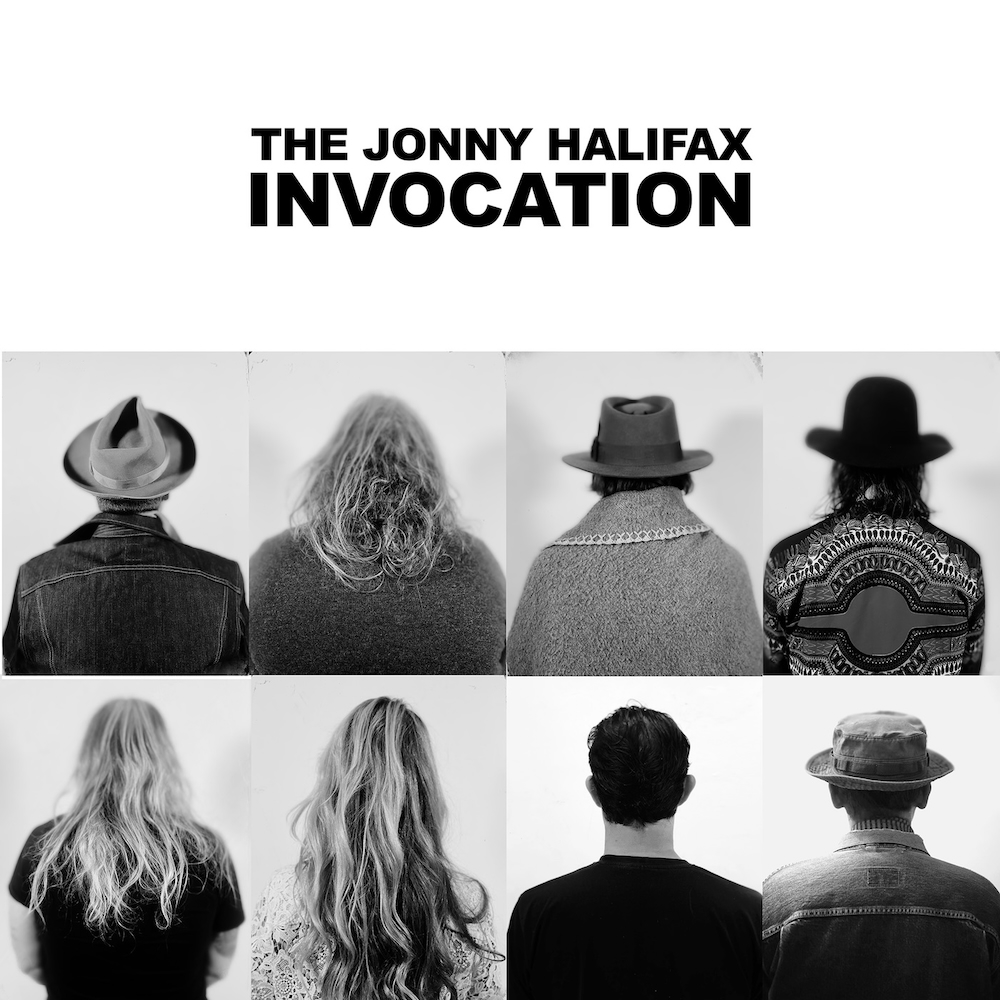Cia Admit To Using Modern Art ‘As A Weapon’

For years there have been persistant rumours that CIA agents helped fund the rise of the America's Abstract Expressionism movement – the 50s and 60s period of cultural dominance that saw the likes of Jackson Pollock and Mark Rothko rise to the fore. Now, The Independent reports, former CIA agent Donald Jameson has come clean about the agencies role in promoting American art on a global stage, all as part of the drive to portray America as a free thinking, culturally rich opposite to the heavily censored, centrally managed Soviet empire.
"Matters of this sort could only have been done at two or three removes," Mr Jameson explained, "so that there wouldn't be any question of having to clear Jackson Pollock, for example, or do anything that would involve these people in the organisation. And it couldn't have been any closer, because most of them were people who had very little respect for the government, in particular, and certainly none for the CIA. If you had to use people who considered themselves one way or another to be closer to Moscow than to Washington, well, so much the better perhaps."
Whilst the artists of the Abstract Expressionist movement tended themselves towards the left politically, their paintings were, by nature, devoid of explicit political message, as opposed to the rigidly structured realist work favoured by Moscow – something that no doubt appealed to agents keen to use left leaning artists without promoting left leaning messages. To this end the agency set up the Congress for Cultural Freedom – "a vast jamboree of intellectuals, writers, historians, poets, and artists… It was the beach-head from which culture could be defended against the attacks of Moscow and its "fellow travellers" in the West. At its height, it had offices in 35 countries and published more than two dozen magazines, including Encounter.
The Congress for Cultural Freedom also gave the CIA the ideal front to promote its covert interest in Abstract Expressionism. It would be the official sponsor of touring exhibitions; its magazines would provide useful platforms for critics favourable to the new American painting; and no one, the artists included, would be any the wiser."
For a more indepth look at the whole bizarre, fascinating set up, check out the original article in the Independent here


















Must Reads
David Holmes – Humanity As An Act Of Resistance in three chapters
As a nation, the Irish have always had a profound relationship with the people of Palestine
Rotterdam – A City which Bounces Back
The Dutch city is in a state of constant revival
Going Remote.
Home swapping as a lifestyle choice
Trending track
Vels d’Èter
Glass Isle
Shop NowDreaming
Timothy Clerkin
Shop Now